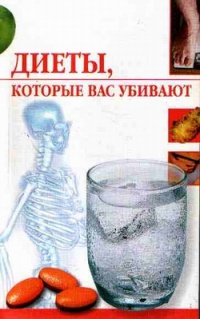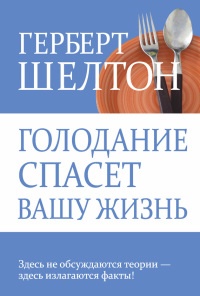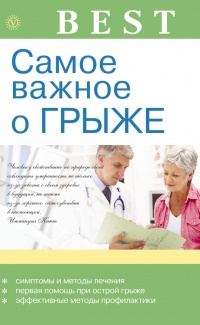Книга Кровососы - Тимоти С. Вайнгард
На нашем литературном портале можно бесплатно читать книгу Кровососы - Тимоти С. Вайнгард полная версия. Жанр: Книги / Медицина. Онлайн библиотека дает возможность прочитать весь текст произведения на мобильном телефоне или десктопе даже без регистрации и СМС подтверждения на нашем сайте онлайн книг knizki.com.
Шрифт:
-
+
Интервал:
-
+
Закладка:
Сделать
Перейти на страницу:
Перейти на страницу:
Внимание!
Сайт сохраняет куки вашего браузера. Вы сможете в любой момент сделать закладку и продолжить прочтение книги «Кровососы - Тимоти С. Вайнгард», после закрытия браузера.
Книги схожие с книгой «Кровососы - Тимоти С. Вайнгард» от автора - Тимоти С. Вайнгард:
Комментарии и отзывы (0) к книге "Кровососы - Тимоти С. Вайнгард"
























